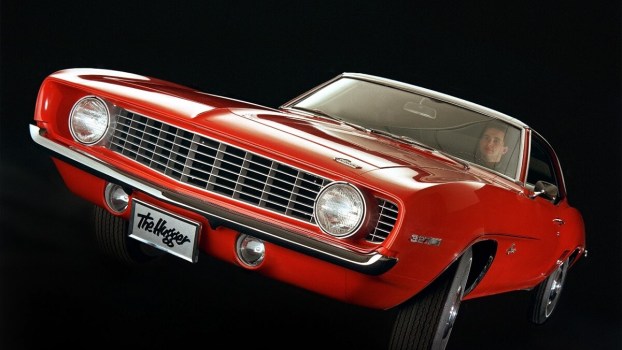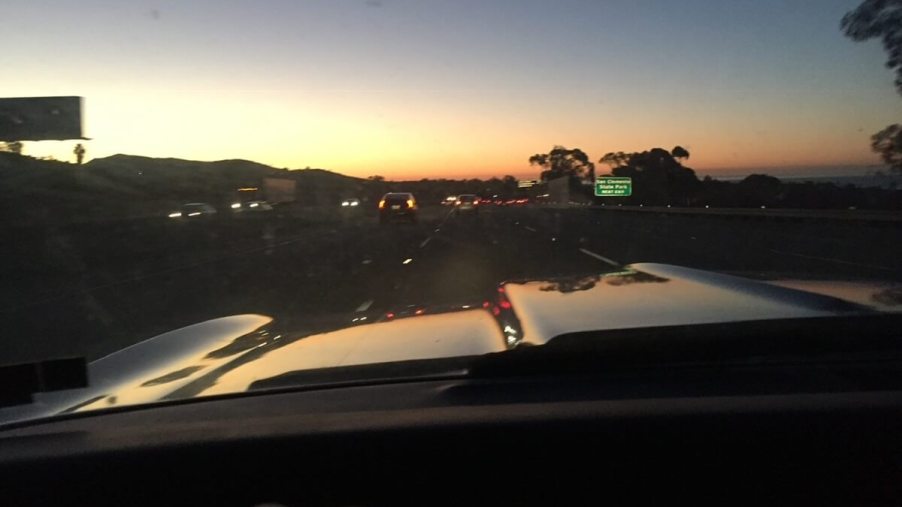
I Daily Drove a Classic Car for 2 Years- Here’s How It Went
In this article:
It’s a romantic idea most petrolheads have had at some point in their adult lives: choosing a classic car daily driver instead of a new muscle car or luxury vehicle. Your heart says grab the keys to a classic Ford Mustang or Jaguar XJS and commute with confidence. However, your head reminds you that issues are imminent and a carbureted relic is a nearly impossible daily driver, even with classic car insurance. Not so fast, car fans; I drove a 1967 Chevrolet Camaro daily for two years and have my own takeaways.
Adapting my classic car to daily driver work took effort and planning
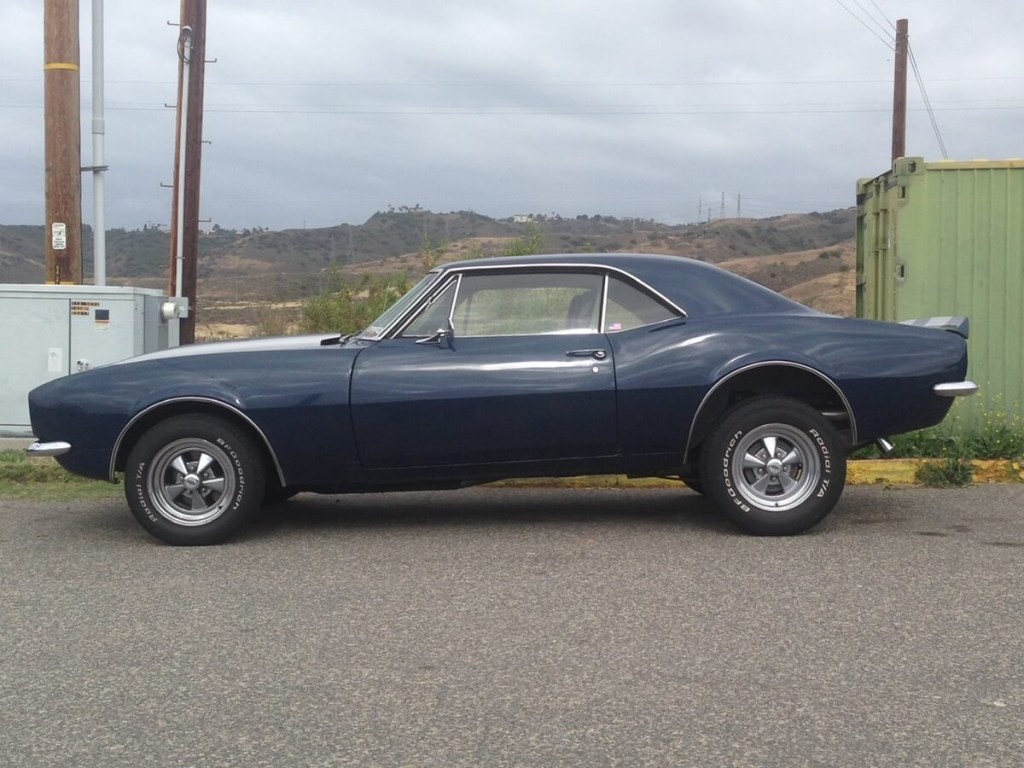
Lapses in judgment are a funny thing; full-on dreamers and pragmatic planners alike make silly decisions. I made one in 2011 after being glad to return home from combat operations. Instead of purchasing a practical, reasonable vehicle, I hopped behind the wheel of a 1967 Chevrolet Camaro in Huntington Beach, California, and fell headache-over-heels in love.
In all seriousness, the Camaro wasn’t all that problematic. I had some money to spend on it, so I chose a decent example and got right to work making it more reliable. The 400ci SBC V8 in the Camaro was notorious for overheating, so I quickly replaced the thermostat and updated the cooling system to include a set of electric fans and a new shroud.
Beyond that, I replaced and updated many of the Chevy’s parts, from suspension to fuel system to power steering. Brakes were some of the most critical updates– I replaced the spongy drums with more modern GM disc brakes.
Weather and the specifics of your commute will dictate your success daily driving a classic car
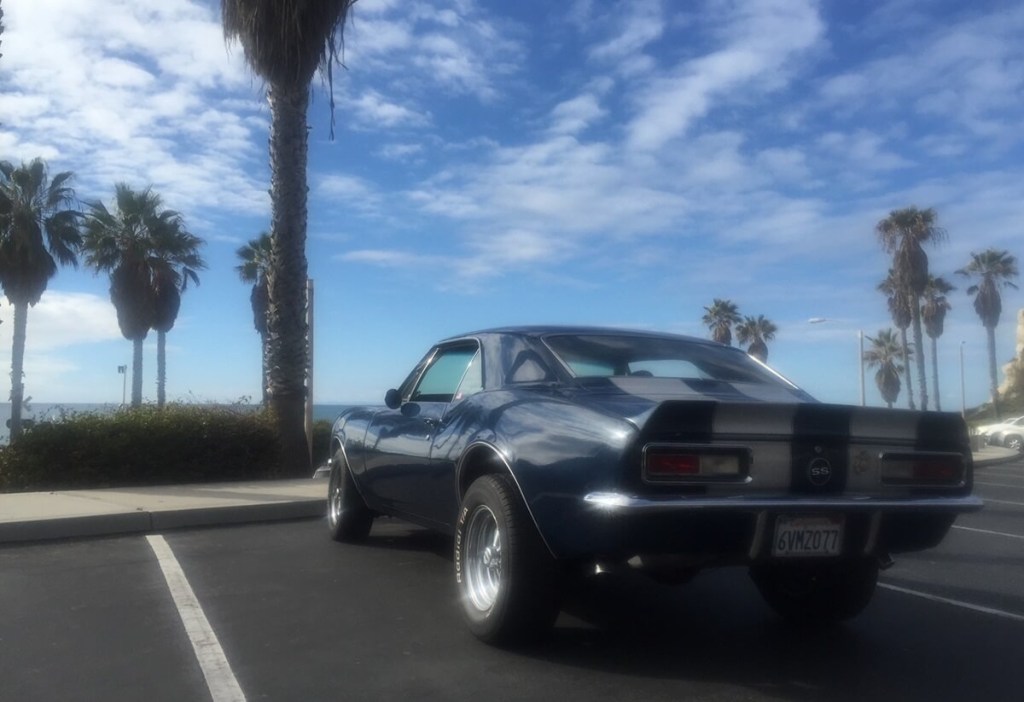
Admittedly, my commutes in my classic car weren’t lengthy. I lived about 10 miles north of work, although traffic on I5 in Southern California isn’t exactly classic car-compliant. Still, life in the U.S. Marines requires flexibility, and a commute could easily transform from a 10-mile drive down I5 to a 40 or 50-mile drive to some range, airfield, or training area.
I had many breakdowns in my two years of driving my 1967 Chevrolet Camaro. I’ve broken down on the side of the highway, on base, two miles from home, and everywhere in between. As a result, judicious maintenance and copious patience are the name of the game. Your classic will have an issue; it’s a matter of when, not if. Still, I recommend always having a fully charged phone, an emergency kit, and tools to get yourself back on the road when possible.
Beyond being prepared and patient, weather can play a significant role in your ability to daily your old ride successfully. Obviously, Southern California’s climate spoiled me. However, excessive cold can wreak havoc on a carbureted classic’s ability to start and idle. Still, I had my carb well adjusted, and even freezing temps couldn’t keep my Camaro from starting. That said, my Camaro lacks functional climate control, and I resigned myself to using my version of air conditioning: my roll-down windows.
I was taking a considerable risk using my classic car as a daily driver
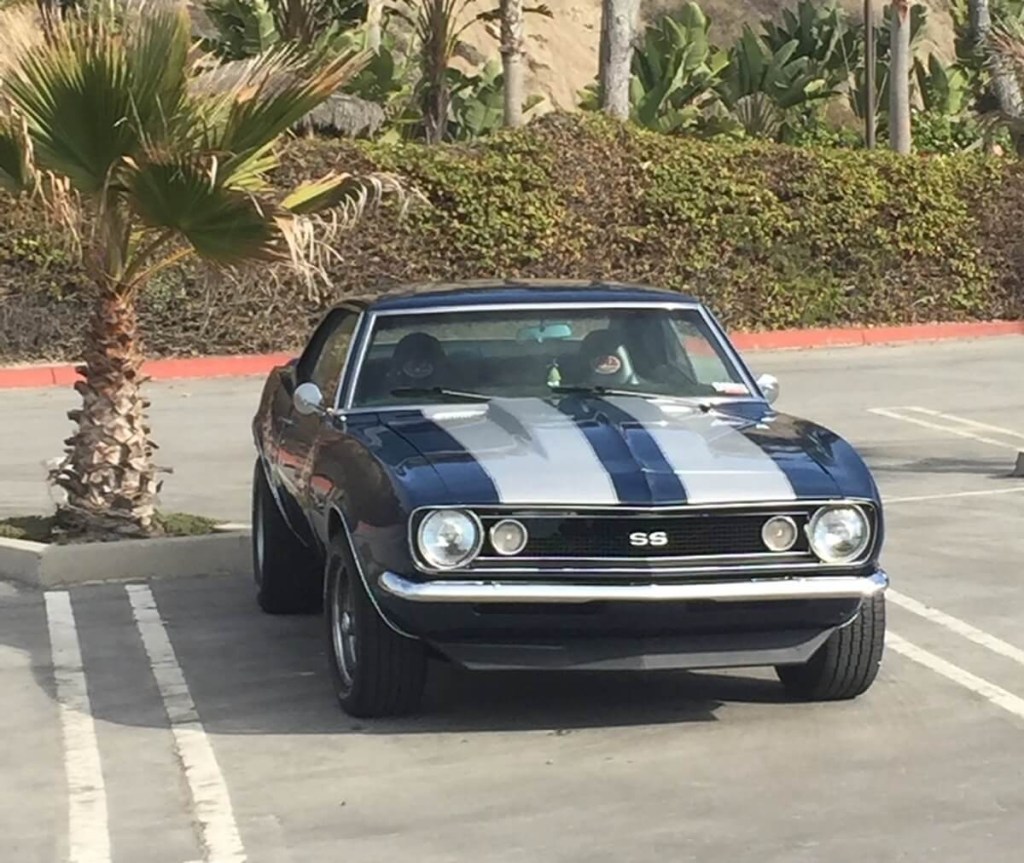
Beyond the lack of safety features and propensity for unforeseen mechanical issues, the most significant risk I faced daily driving my classic car was insurance. Legacy classic car insurance providers frown on daily driving with a classic car insurance policy. For instance, providers often institute mileage and usage restrictions.
Unfortunately, that means getting into an accident outside those limits could compromise your total loss payout or repair coverage. Of course, you can get an agreed-upon value or general policy, but those have issues, too. For example, insuring my 1967 Chevrolet Camaro with a standard policy would have resulted in a payout of around $7,000– much, much less than the vehicle’s value.
Should you daily your classic car?
While this might read like a cautionary tale advising automotive realism over romanticism, there are caveats. For instance, remote or hybrid workers don’t have to commute as much as on-site employees; driving a well-maintained classic three days a week isn’t asking too much.
What’s more, drivers willing to accept the risk might find that regularly driving a classic adds a bit of flavor to an otherwise mundane task.
Keep up with MotorBiscuit for the latest classic and muscle car content!

